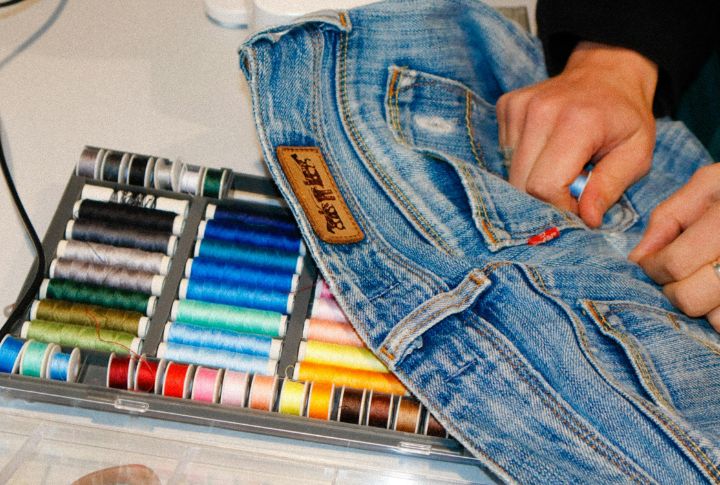
Imagine a time when broken items didn’t just get thrown away—they were given a second chance. Boomers lived in that era, mending things with a needle and thread or taking them to repair shops. Nowadays, we’re more likely to toss and replace. However, these ten everyday items once lasted much longer thanks to simple repairs that kept them in use.
Televisions
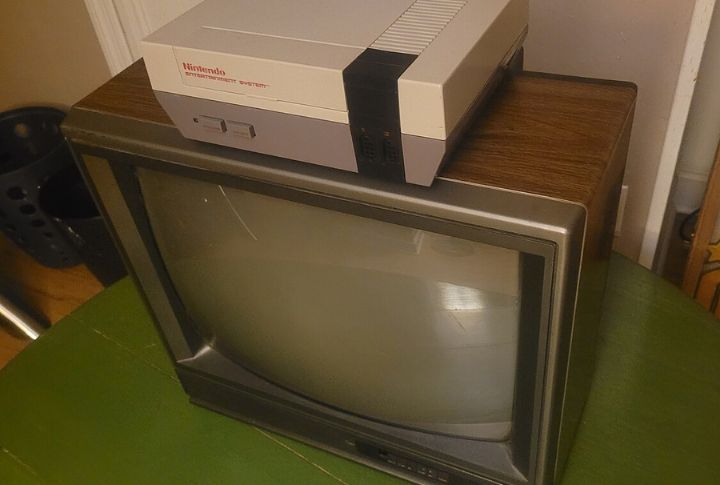
A broken TV didn’t mean a shopping trip. It meant a repair call. Technicians worked their magic, swapping tubes and soldering circuits. Families kept their sets for decades. Screens weren’t just appliances; they were fixtures in the home, built to last with a bit of care and effort.
Shoes
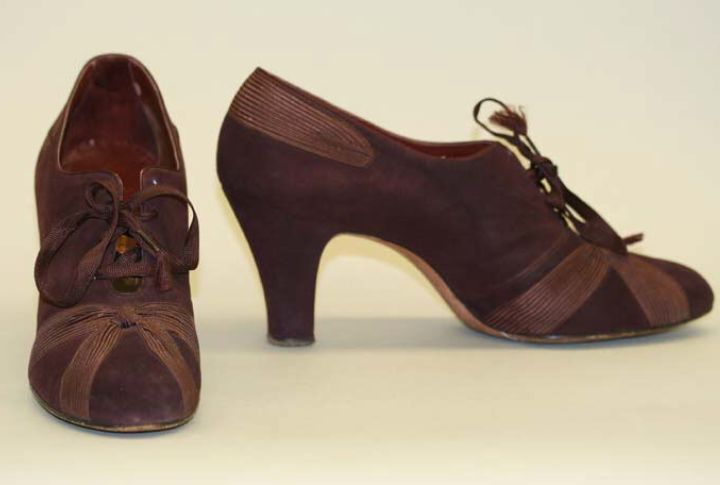
Worn-out soles or scuffed heels didn’t mean the end of a good pair of shoes. Shoe repair shops thrived, providing new soles and polished leather. Customers often became familiar with their cobblers, and each repair was seen as an investment in both comfort and style.
Radios
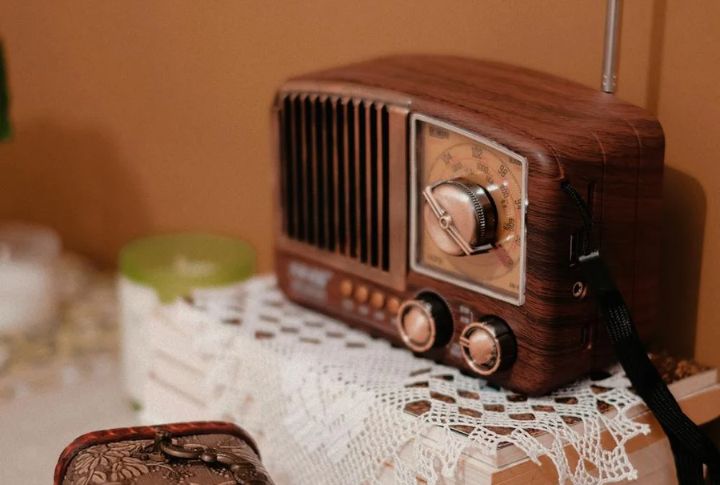
Radios once played for years, with minor repairs keeping the music alive. A snapped dial? Fixed. A frayed cord? Replaced. With a bit of maintenance, these devices remained part of daily life, providing news and entertainment without the need for constant replacement.
Clothing
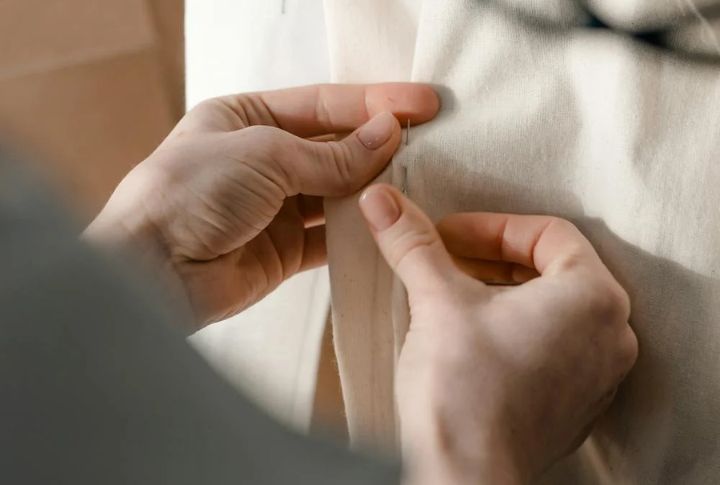
A torn sleeve meant it was time to grab a sewing kit. Boomers patched, hemmed, and even darned socks. Clothes were investments, each stitch extending their life. A well-loved wardrobe was carefully maintained, with fabric and thread outlasting passing trends.
Small Kitchen Appliances
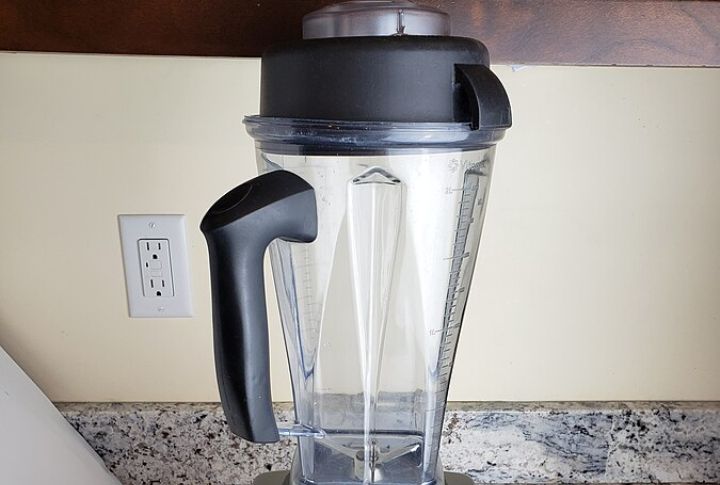
Blenders and coffee makers once lasted years. A quick fix kept them running. Knowing how to replace a fuse or fix a switch was common knowledge. These appliances were trusted companions in the kitchen, repaired time and time again.
Watches
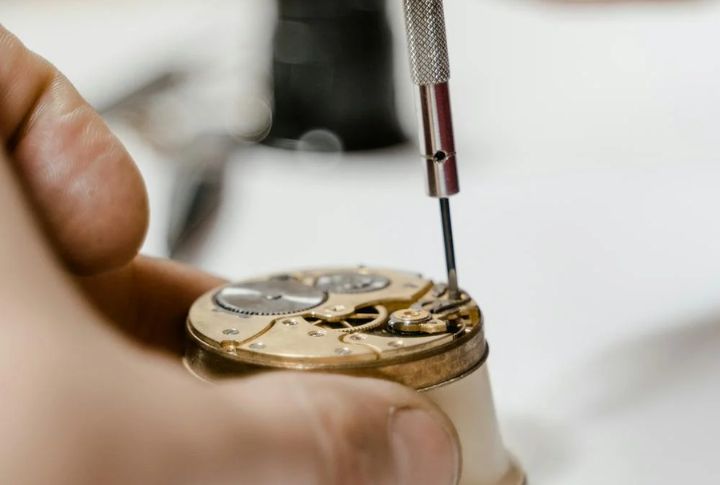
For Boomers, a damaged watch was just a reason to seek out a watchmaker, not to toss it aside. These artisans would carefully inspect and repair the intricate gears and springs, restoring the watch’s precision and reminding wearers of the value of craftsmanship.
Kitchen Utensils
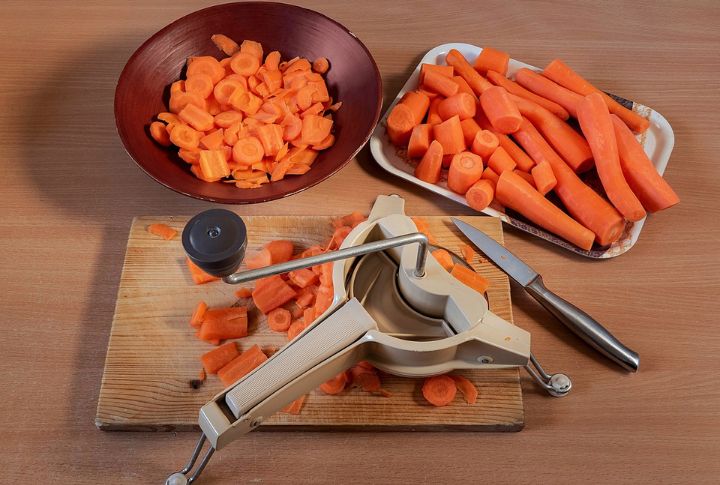
Instead of tossing out a dented can opener or a worn-out knife, Boomers took the time to repair these everyday kitchen tools. Whether it was fixing a handle, re-sharpening a knife, or using a little glue to mend a chipped plate, these repairs helped extend the life of items that were still functional but needed a little attention.
Furniture
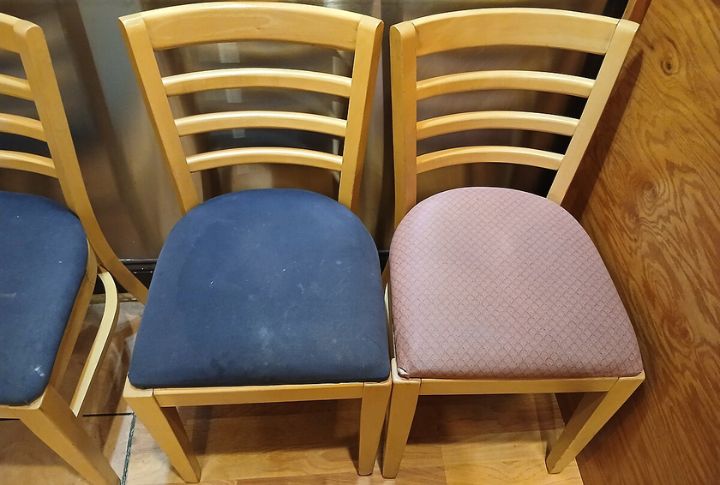
Chairs wobbled, drawers stuck, but people didn’t give up on them. A little glue and some sanding were good enough. Sometimes, a new coat of varnish gave old furniture new life. Solid wood pieces carried stories, each repair adding another chapter to their long and useful existence.
Luggage
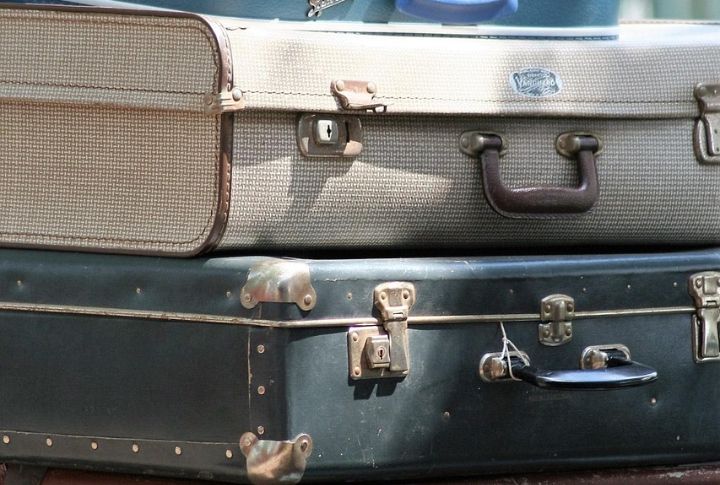
Boomers saw luggage as a long-term investment. When a suitcase had a torn handle or malfunctioning zipper, they didn’t toss it—they fixed it. Whether it was replacing a zipper, patching up fabric, or reinforcing a weak handle, these simple repairs allowed their luggage to last.
Toys
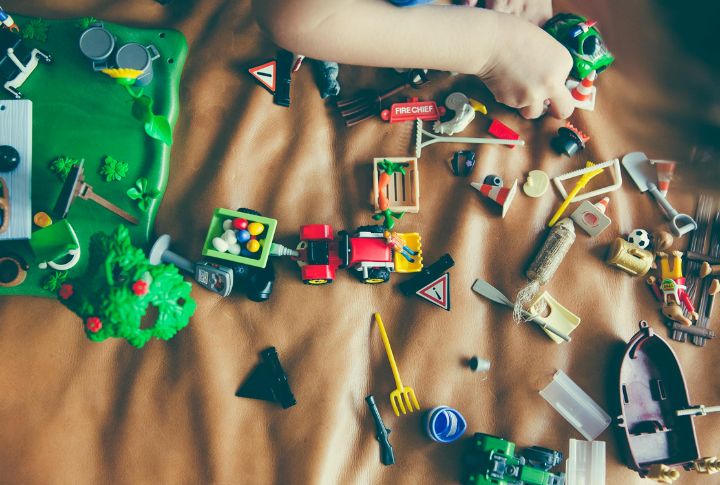
Toys became heirlooms, passed from one generation to the next. Why? A missing wheel or a torn teddy bear wasn’t the end. Parents sewed and even whittled replacement parts. Every repair kept a cherished plaything alive.

